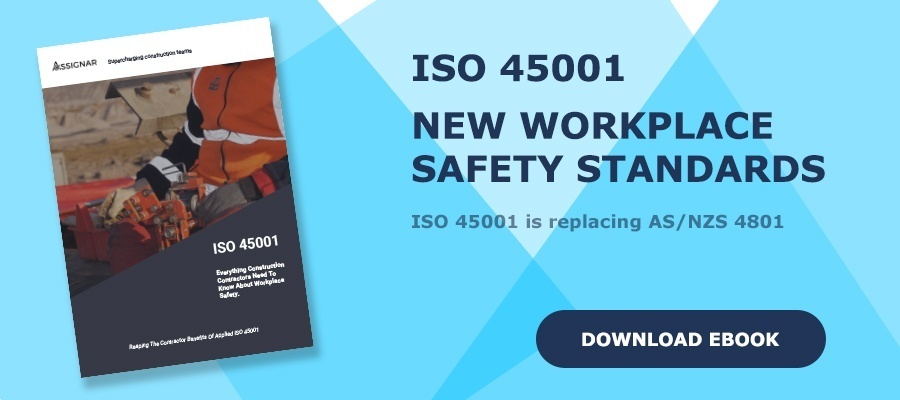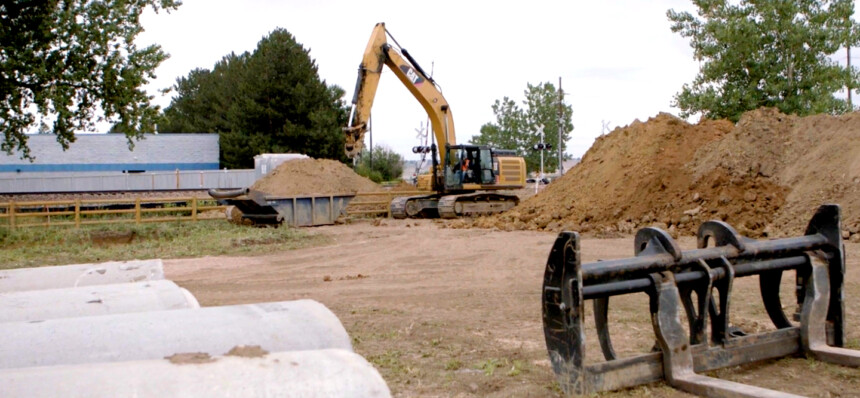Hazards of Heavy Machinery Demand Comprehensive Construction Operator Safety Guidelines
Keeping workers safe is not always easy. Accidents happen, and even the most comprehensive construction operator safety guidelines cannot ensure complete employee compliance. These workers represent the physical fiber of society. Every building, every road, every buried and unseen pipeline or cable springs forth from the labor and functions of the construction industry. Keeping construction workers safe should be of prime importance to all of us. This is why drivers learn to slow down in construction zones, even if it means being late to work, home or play.
But the core of construction operator safety falls on the employee and the firm for which he or she works. The employee learns to watch out for self. But he or she also learns how to follow established operator safety guidelines. The construction firm founds the base of a sound safety process. It looks at current circumstances and then combines established federal, state and local safety regulations with company defined jobsite-specific safety guidelines. And if everyone is really careful, both parties benefit from a reduction in reportable accidents.
5 Safety Guidelines To Help Construction Operators Stay Safe
According to a US Department of Labor report on worker safety in construction, some 6.5 million US workers show up daily at over 250,000 functional construction job sites (Worker Safety Series, Construction). The daily potential for fatal construction-related injury exceeds the max national average of any other US industry. The most frequently reported OSHA citations involve scaffolding, excavations, cranes, forklifts, falls and more.
This document makes no attempt to address all of the construction-related safety issues. Thus the following construction operator safety guidelines limit scope to some of the fine points in heavy equipment safety.
1) Safety Guidelines – It’s about educating workers and operators. Ensure that every jobsite is properly stocked with easily accessible safety documentation. Also ensure that each piece of heavy construction equipment stores an onboard operator’s manual.
2) Effective Safety Communications and Enforcement – Knowing where books are stored is not the same as study, training and communications. Be aware. Do not permit operators to ignore existing safety guidelines.
3) Personal Safety Devices and Clothing – Hard hats belong on the head, not the hook. Likewise with reflective vests, hearing safeguards, and regulation safety gloves, shoes and other personal protection equipment (PPE).
4) Equipment Guidelines – Do your operators ignore installed seat belts? Do they enter and exit the machine according to documented standards? Do they permit other workers to walk or stand precariously close to moving machine parts? If so, take it back to step one and two: Train, communicate and enforce.
5) Patience – Excessive working speeds greatly increase the risk of injury or accident. Train your operators to work efficiently and smart.
Reliable Documentation and Tracking Promotes Greater Operator Safety
Establishing, documenting, communicating and enforcing construction operator safety guidelines can be incredibly costly and time consuming. Unless….
You have access to a sophisticated cloud-based workforce and asset allocation and planning software app.
Enter Assignar, designed to ensure that construction workers have timely access to relevant and changing documents. Learn more about the Assignar worker safety components.




